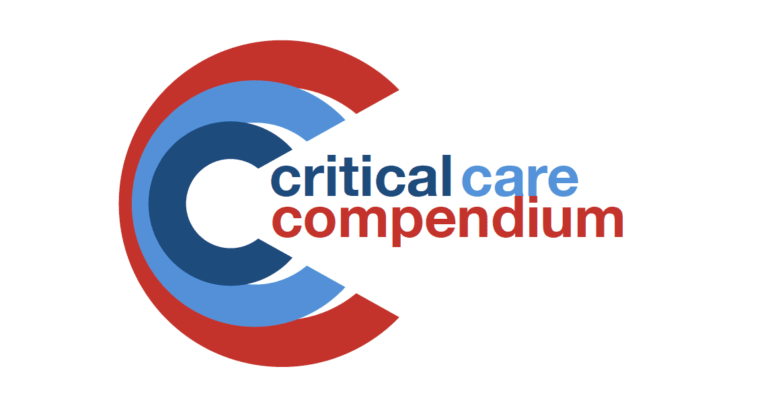
Overfeeding
In the 1980s, the concept of parenteral hyperalimentation or hypercaloric feeding was dominant. This was stopped due to the sequelae, which limit attempts to rapidly correct malnutrition. Some early studies suggesting harm from early feeding were actually showing the effects of overfeeding


